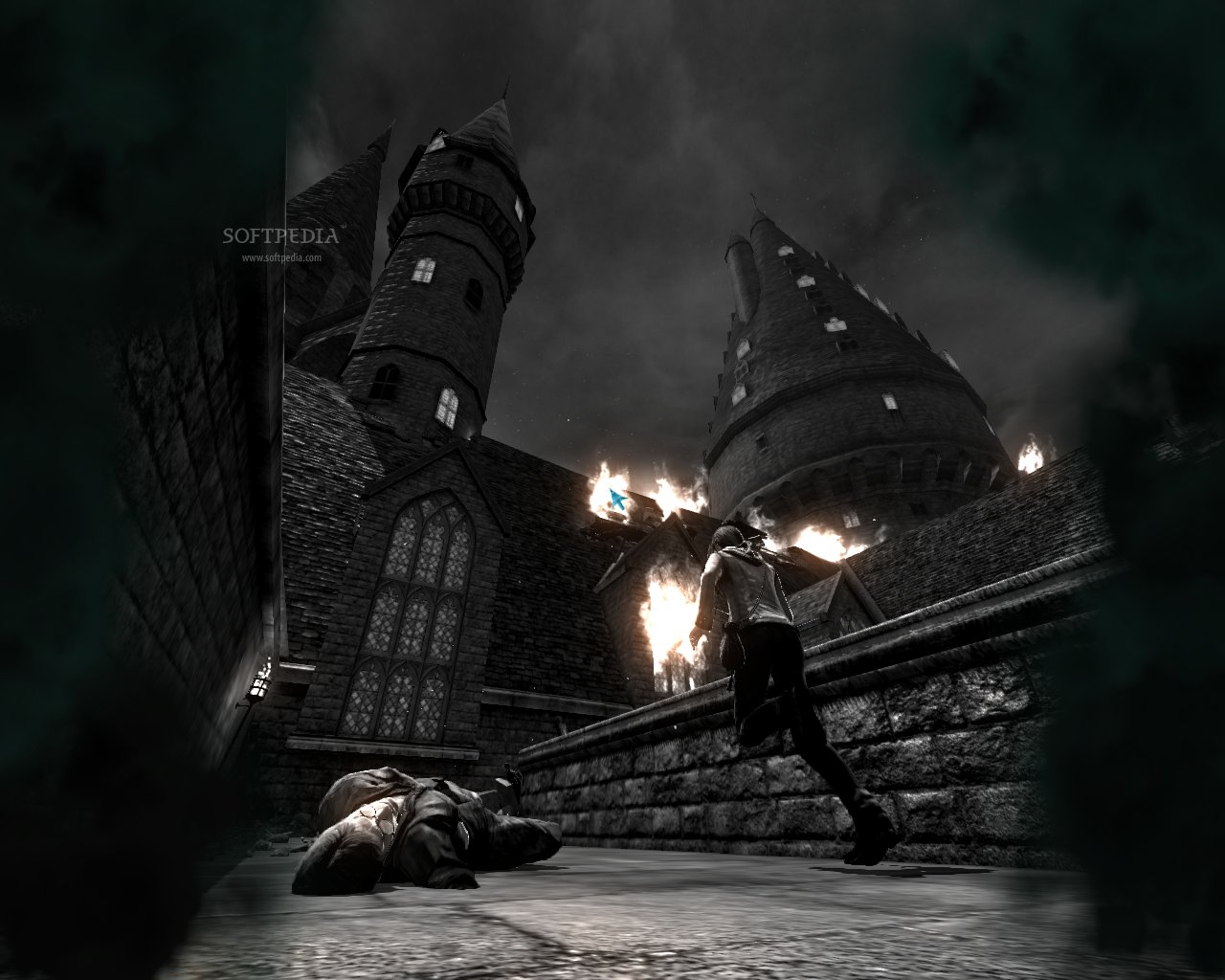

Inspire your students to think creatively by assigning writing projects related to their experience of reading the novel. The Resurrection Stone, Elder Wand, Invisibility Cloak (the Deathly Hallows), Horcruxes, and Patronuses can serve as starting points for broader conversations concerning power dynamics, sacrifice, loss, love, friendship, bravery versus recklessness.

Engaging students in discussions about various themes and symbols makes room for valuable learning experiences. Harry Potter and the Deathly Hallows delves into deeper subjects compared to previous books in the series. Have students create detailed profiles for major characters such as Harry, Hermione, Ron, Voldemort, and Snape, discussing their qualities, choices, relationships, and growth throughout this book and the series. Assignments focusing on character analysis facilitate critical thinking among students as they explore these themes within each character’s development. In the Deathly Hallows, complex themes surrounding identity, loyalty, sacrifice, and relationships are prevalent. Encourage them to read all seven books or watch the movie adaptations so they can fully appreciate and comprehend the depth of the storyline and characters. Building a Foundation: Introduce Harry Potterīefore diving into the Deathly Hallows, it is essential to ensure that your students have a solid understanding of the entire Harry Potter universe. In this article, we will explore various strategies for teaching students about the gripping narrative of Harry Potter and the Deathly Hallows.ġ. As educators, incorporating this magical world into our curriculum can spark students’ imaginations and bring excitement to their learning process. Rowling, is a literary phenomenon that has captivated millions of readers worldwide. Harry Potter and the Deathly Hallows, the final book in the Harry Potter series by J.K.


 0 kommentar(er)
0 kommentar(er)
